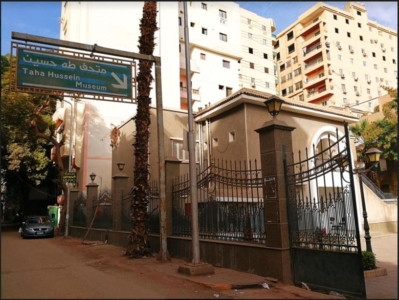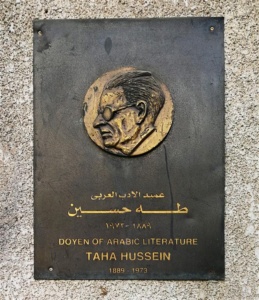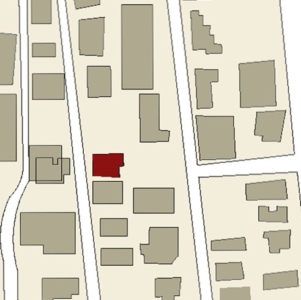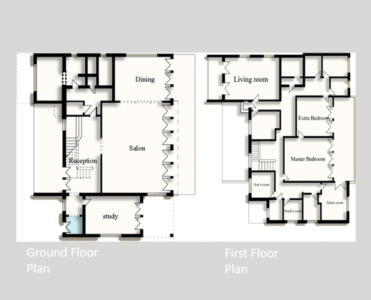متحف طه حسين
Photo Gallery
| Address | 11 Taha Hussein street, al-Haram |
| Opening Hours | 8:00 am to 3:00 pm Closed on Friday and Saturday |
| Telephone | +20 2 35852818 |
| Date of construction | 1954 |
| Architect | Not identified |
| Architectural Style | Modern |
| Date of Inauguration | 1991 |
| Affiliation | Ministry of Culture |
Taha Hussein (1889-1973) is one of the most influential 20th century Egyptian writers and intellectuals, and a figurehead for the Nahda—Arab Renaissance and the modernist movement in the Arab World. Hussein had very bold views and he advocated against the confinement of education to the rich people only and led social and political reforms.
Hussein came from a modest background and he was blinded due to illness at the age of three. Nevertheless, he was sent in 1902 to al-Azhar, then in 1908 he entered the newly opened secular university and obtained his first doctorate. He became a professor of Arabic Literature and Greek History. His studies at the Sorbonne introduced him to the arts and culture of the West and he obtained his second doctorate written on Ibn Khaldun in 1917.
While serving as Minister of Education (1950-1952) in the last government formed by the Wafd Party before the overthrow of the monarchy, Taha Hussein extended state education and abolished school fees. He is often quoted by his phrase “Education is as water and air, the right of every human being”. He also strongly defended the use of literary over colloquial Arabic.
His writings in Arabic include novels, criticism and social and political essays. He is best known through his autobiography, al-Ayyam or the Days (3 vols., 1929-1967), the first modern Arab literary work acclaimed by the West.
After his death, the State bought his house and converted it into a museum, carrying the name of al-Ramatan or the two oases, where traveling caravans stop to take rest. Taha Hussein designed the villa to be shared with his son, with two separate entrances. The museum houses Hussein’s personnel belongings, and a monumental library of 7000 books. In one of the corners of the reception hall stands a piano, a gramophone and records of musical works by Schubert, Verdi, Bach, Mozart, Schumann and others.







